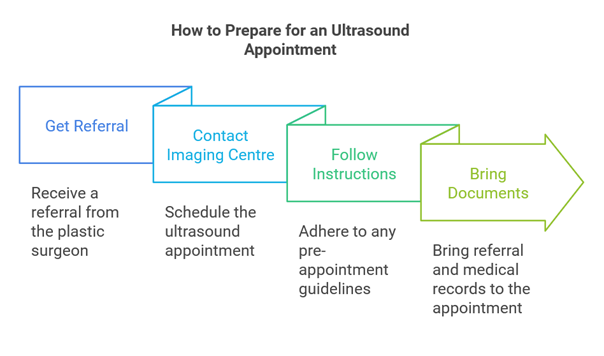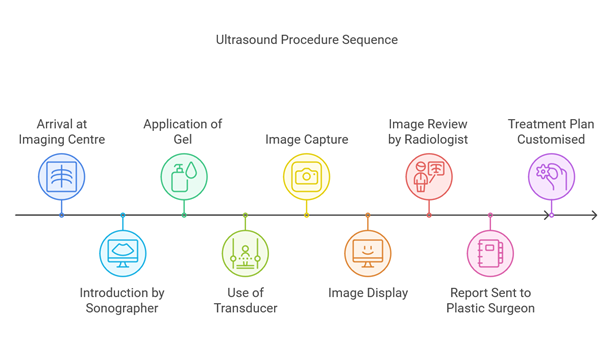You may be required to undergo an ultrasound for various reasons related to your plastic surgery journey. This page aims to provide you with all the necessary information and resources to ensure a smooth and stress-free experience when preparing for and undergoing an ultrasound examination.
Why Ultrasounds are Important for Plastic Surgery Patients
Ultrasounds play an important role in the field of plastic surgery, as they provide valuable insights into the soft tissue structures and blood flow within the body. These insights are essential for both diagnosing conditions and planning surgical procedures. By using high-frequency sound waves, ultrasounds create detailed images of the targeted area, allowing your plastic surgeon to assess the underlying tissues, muscles, and blood vessels.
One of the key benefits of ultrasounds is their ability to help diagnose various conditions that may impact the success of plastic surgery procedures. For example, ultrasounds can detect the presence of blood clots, which is essential for patients undergoing procedures such as abdominoplasty or liposuction. By identifying any potential complications beforehand, your surgeon can take the necessary precautions to ensure the safety and success of your surgery.
In addition to their diagnostic capabilities, ultrasounds are also valuable in planning surgical procedures. By providing detailed images of the targeted area, ultrasounds enable your surgeon to create a precise surgical plan tailored to your specific needs and goals. This level of precision is crucial in achieving optimal results and minimising the risk of complications.
Another significant advantage of ultrasounds is that they are non-invasive and do not use ionising radiation. Unlike X-rays or CT scans, ultrasounds do not expose patients to harmful radiation, making them a safer option for patients who require frequent imaging. This is particularly important for plastic surgery patients who may need multiple ultrasounds throughout their treatment journey.









